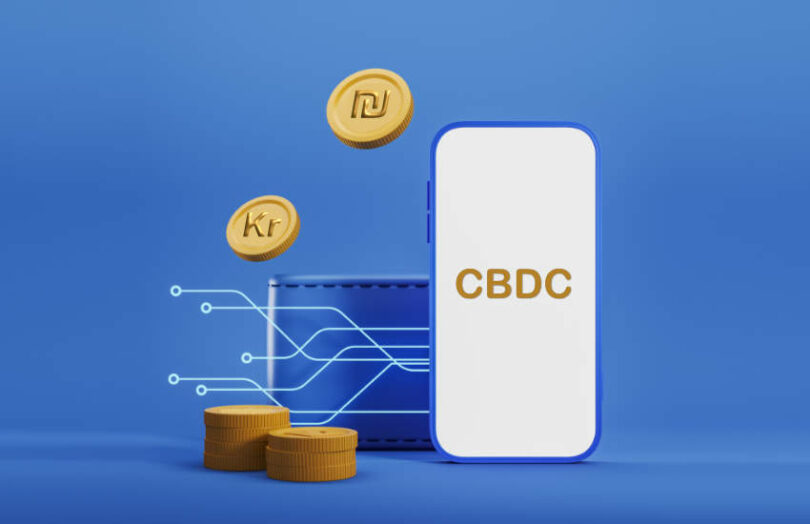There’s been considerable work on the concept of using wholesale (interbank) central bank digital currencies (CBDC) to address the frictions of cross border payments. So far, only one project has taken the alternative route of interlinking multiple retail domestic CBDCs to enable consumers or businesses to make direct person-to-person international payments.
To do just that, the Bank of Israel is working with the central banks of Norway and Sweden and the Nordic BIS Innovation Hub on Project Icebreaker, as announced in September last year.
Talking at a panel at the World Economic Forum event in Davos, the Governor of the Bank of Israel, Amir Yaron, said that Project Icebreaker enables near instant cross border payments without intermediaries. It uses a central hub developed by the Bank of Israel to interlink domestic CBDC systems with minimal adaptations required.
“You want to have e a whole matrix, all the currencies against all the currencies,” said Governor Yaron. “You want a system that is agile enough to do that. And it seems like this system is capable of doing it.”
The transactions are nearly atomic, in the sense that money leaves the Israeli payer’s wallet only if money also arrives in the payee’s wallet in Sweden. If one side fails, the transaction doesn’t happen.
Making the payments person to person reduces the risk of failure of one of the intermediaries.
Governor Yaron noted that today cross border payments often take days and are costly. One of the reasons for the expense is when a bank initiates a payment, it also executes the foreign currency exchange. This significantly reduces competition in domestic foreign currency transactions.
Instead, Project Icebreaker separates the payment and the exchange of foreign currency, with the hub acting as an intermediary for the foreign exchange. We’re guessing private sector players might be involved in that, but we’ll have to wait for the report to find out.
There’s one big caveat about this phase of the project’s work. It has ignored anti money laundering (AML) rules, one of the biggest frictions in cross border payments.
Another issue is around who will oversee a CBDC hub platform like this. “Is it going to be a consolidation of central banks, international bodies like the IMF (or) BIS, private companies like Swift or others?” asked Governor Yaron.
Before discussing Project Icebreaker, the central banker mentioned that CBDCs could be a public good but can crowd out private services under certain circumstances. This might be a good example of something that provides a public good by making cross border payments faster and cheaper. But it has the potential to crowd out private payment providers.
Meanwhile, there are several wholesale cross border CBDC projects, so-called Multi-CBDC. These include Project MBridge, Project Dunbar, Project Jura and Project Cedar Phase II x Ubin+.
The big difference with these projects is they still include banks and payment providers for the payment legs.







